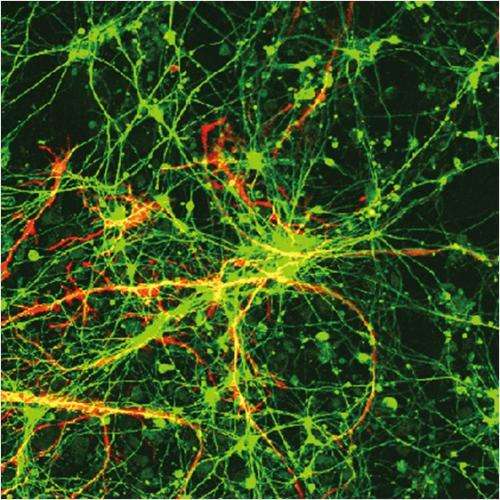Investigating devastating childhood diseases just got easier

Induced pluripotent stem cells (iPScs) from the skin of patients with Dravet syndrome (DS) show Dravet-like functional impairment when they are converted into neurons, finds research in BioMed Central's open access journal Molecular Brain. This method provides a non-invasive way to investigate diseases which affect the nervous system of humans.
Research into genetic diseases like DS is hampered by its rareness. It affects 1 in 30,000 children and is first noticed within the first year or two or life. Seizures are hard to control and as the child develops other neurological problems emerge meaning that most will require help and support throughout life.
70-80% of people with DS have a mutation in their SCN1A gene which disrupts normal function of voltage-gated sodium channels in the brain. This mutation is normally not inherited from either parent but is unique to the affected child. Research models of DS usually involve mice which have been genetically altered to so that either this channel is mutated or deleted. But differences between the brains of humans and mice means that mice are not necessarily the best model for this rare disease.
Work describing how, under certain experimental conditions, tissue cells can be reverted to stem cells was honoured in the 2012 Nobel prize for Physiology or Medicine. In this research, a team from Japan developed (iPSCs) from skin cells taken from an adult with DS who had a mutation in SCN1A. These cells were then differentiated into neurons allowing researchers to look at the effect of DS directly in human cells.
Explaining their results Prof Shinichi Hirose, from Fukuoka University, said, "From research with mice we believed that SCN1A mutations affect GABAergic neurons in the forebrain from signalling properly. From the human neurons we also found that GABAergic neurons were affected by DS, especially during intense stimulation. These patient-derived cells provide an unparalleled insight into the mechanism behind DS and a unique platform for drug development."
More information: A human Dravet syndrome model from patient induced pluripotent stem cells, Norimichi Higurashi, Taku Uchida, Lossin Christoph, Yoshio Misumi, Yohei Okada, Wado Akamatsu, Yoichi Imaizumi, Bo Zhang, Kazuki Nabeshima, Masayuki X Mori, Shutaro Katsurabayashi, Yukiyoshi Shirasaka, Hideyuki Okano and Shinichi Hirose, Molecular Brain 2013 6:19, doi:10.1186/1756-6606-6-19
















